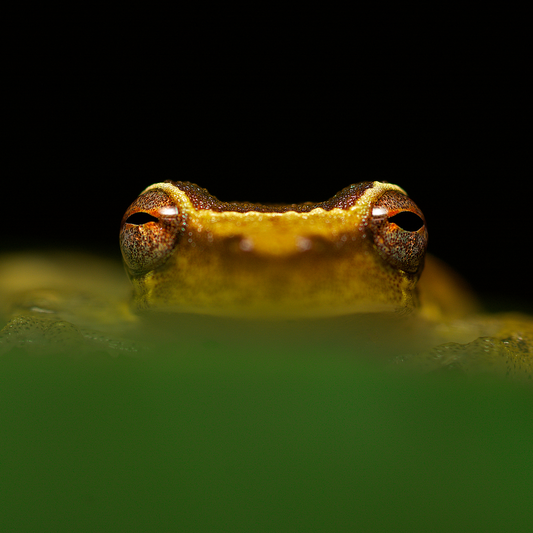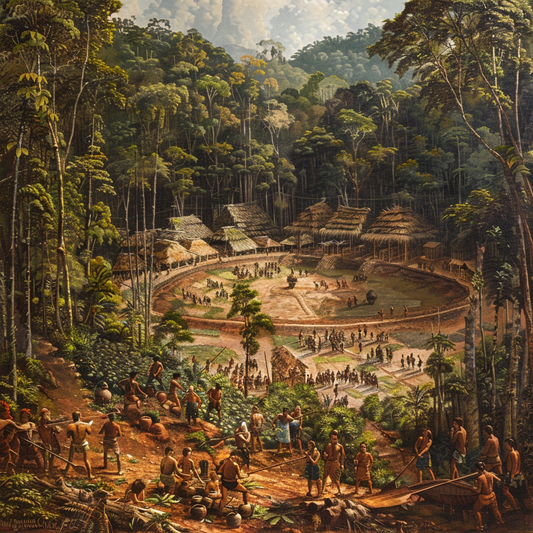The Tucuma palm trees, known for their pioneering nature and resilience in poor soils and fire-prone environments, owe their robustness to unique characteristics that enable growth from the base to the apex. Tucuma straw weavings represent a collection of techniques steeped in traditional knowledge and indigenous wisdom, embodying the region's identity through a collective process of creation and continuous reaffirmation.
Crafting these exquisite products involves four essential stages: the careful collection of tucuma palm leaves, the removal of stems and thorns, a meticulous three day drying process under the sun, and the captivating stage of coloring. For this, artisans utilize natural dyes extracted from regional plants, seeds, and fruits, yielding an array of colors such as capiranga (purple), açafrão or saffron (yellow), crajirú (brown), urucum or annatto seed (light red), and jenipapo (black). Carefully combining these elements allows for the creation of various shades, where, for instance, jenipapo and açafrão (saffron) come together to produce the vibrant color green, with the intensity of green depending on the amount of saffron used. Or another example, combining the right amount of urucu with açafrão brings forth a warm shade of orange, offering a plethora of possibilities.
The process of coloring takes place in a clay-made fire, where the palm leaves are immersed in hot water alongside the natural pigment product. The boiling water facilitates the absorption of the desired hue by the leaves, creating a visually stunning result. The skilled artisans carefully attend to each step, ensuring the highest quality in the final pieces. Some artisans choose to work individually from their homes, allowing them the flexibility to care for their children while nurturing their creativity. Others prefer the camaraderie of group work, gathering in one another's homes to weave together, share stories, and savor meals. They share their challenges, accomplishments, and aspirations, all accompanied by joyful laughter and unwavering determination.
Regardless of their work style, these talented artisans infuse each piece they create with a part of themselves, reflecting their creativity and physicality. Additionally, they take pride in passing down their weaving skills to their daughters, ensuring the preservation of this cherished craft for generations to come.
Once an important supplementary source of income, Tucuma palm weaving has evolved into a primary livelihood for many families, substantially improving their quality of life. For women artisans, it represents more than just an economic opportunity; it embodies a pathway to transformation and empowerment, honoring their role as key contributors to the construction of a new social reality and boosted self-esteem.
Furthermore, tucuma weaving helps women artisans hold a pivotal position in the economy, carving a direct path towards gender equality and fostering inclusive economic growth. Their dedication and craftsmanship are not only preserving a tradition, but also driving positive change in their communities.
In conclusion, the art of Tucuma palm weaving goes beyond being a craft; it is a celebration of culture, resilience, and unity. As these artisans intricately weave together nature's gifts, ancestral knowledge, and their unique perspectives, they leave an indelible mark on the world, enriching lives and contributing to a brighter, more equitable future.
Visit our Tucuma Collection at https://amastones.com/collections/shop-all-home





